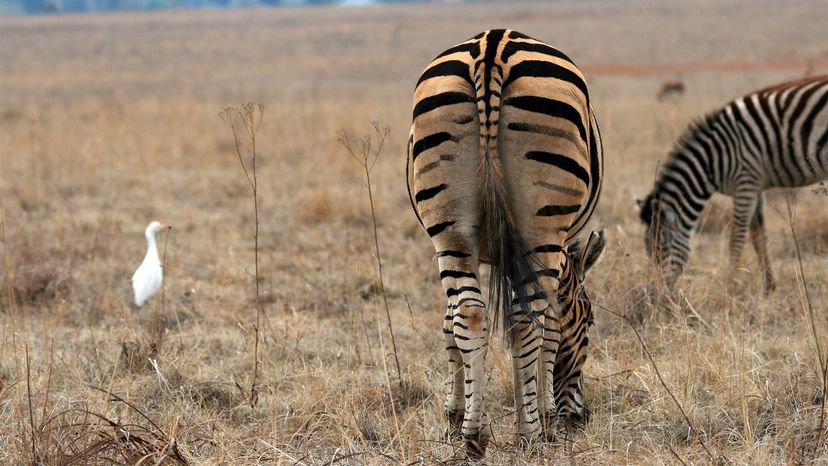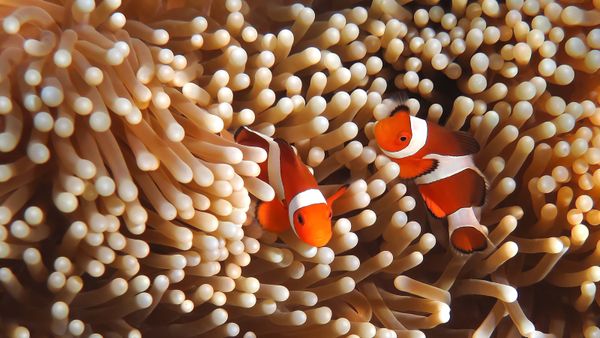
There's a certain ethos of "I'll scratch your back if you scratch mine" in nature. Living things never exist in isolation, and organisms of different species occasionally need to cooperate in order to get stuff done. And sometimes, one organism takes the benefit from another while the first blithely lives its life, unharmed, but blissfully unaware of the service it is performing.
Ecologists call this form of cooperation "commensalism," and it's a bit similar to some other ecological concepts that dictate how members of an ecosystem interact. For instance, commensalism isn't the same thing as parasitism, where one partner (the parasite) lives on or in the body of a host and only one partner actually benefits, while the other is often harmed. It's also not exactly the same as mutualism, where both partners benefit from the partnership; think about the relationship between bees and flowers — the bee gets food while the flower accomplishes its reproductive goals.
Advertisement
Commensalism is a bit different and involves one organism just going about its business, while one or more others, called commensals, just sort of hang out and benefit from that one guy's hard work.
"One of my favorite commensal relationships is the one of Eastern screech-owls and blind snakes," says Amanda Hipps, director of communications and development at WildLandscapes International. "The owls bring live blind snakes to their chicks. While some of the snakes are eaten, the lucky ones burrow into the nest and eat insect larvae they find there — larvae that would likely parasitize the chicks. A study by scientists from Baylor University found that chicks who grew up in nests with blind snakes grew faster and experienced lower mortality rates compared to nests without blind snakes."
Advertisement
